Mandy Hale, American Author
Whether it's a novel experience or a fresh hairstyle, human nature
propels us to instinctively look high and low for something new.
While our psychology is not automatically addicted to change,
time after time our naturally inquisitive appetites drive us
to curiously probe the unknown.
A simple truth about what drives my Paris wanderings is
a faithful obsession to root out new neighborhoods.
It's a bell-weather day to unexpectedly spy something unfamiliar.
Whether it's an obscure residential street, a novel historical marker or an
unfamiliar wall of street art, no matter, this is chicken soup for the soul.
"What if it's the there and not the here that I long for?
The wander and not the wait, the magic in the lost feet stumbling down
the faraway street and the way the moon never hangs quite the same?"
Tyler Knott Gregson, American Poet
a street in the 17th arrondissement, just steps away from Parc Monceau.
As many times as I've visited the park -- always pausing to admire the mansions
that surround it -- I had never before laid eyes on this street, a find unto itself.
Rue Fortuny is a goldmine of 19th century architecture,
a motherlode of opulent -- yet tasteful -- mansions.
It's a Who's Who of famous Parisians and impressive endeavors.
It was here that writer Edmond Rostand authored the much loved
"Cyrano de Bergerac".
Think of the imagination it took to pen the following bon mot
from the lips of literature's one-of-a-kind hero:
"This veridic nose arrives everywhere a quarter of an hour before its master.
Ten shoemakers, good round fat ones too, go and sit down
to work under it out of the rain."
La Belle Otero, erotic French courtesan, darling of the Folies Bergères,
and grand dame actress Sarah Bernhardt, both legendary in their own right,
held court on this quiet looking rue once upon a time.
"Life begets life. Energy creates energy.
It is by spending oneself that one becomes rich."
Sarah Bernhardt, legendary French actress
One of France's all-time most respected literary lions, Marcel Pagnol,
made this his address in the mid-century.
If you haven't already seen Daniel Auteuil's remake of Pagnol's
"The Well-Digger's Daughter", I urge you to look for it.
Perhaps you've already seen several other Marcel Pagnol-inspired
films -- "Manon des Sources"** and "Jean de Florette", both of which
make a clear case why he is often nicknamed "the Dickens of the South".
**You may know this movie as "Manon of the Spring"
"The reason people find it so hard to be happy is that they
always see the past better than it was, the present worse than it is,
and the future less resolved than it will be."
Marcel Pagnol, French novelist, playwright & filmmaker
Our rue Fortuny basks near the beauty of Parc Monceau in the 17th arrondissement. For another view of Belle Epoque Paris, head to avenue Georges Mandel
and avenue Henri Martin, a couple of posh streets in the tony
16th arrondissement, very near to the Bois de Boulogne.
Renowned opera diva Maria Callas lived at #36 avenue Georges Mandel.
One has to wonder, did she sing in the shower?
Sigh -- all that talent, all that eyeliner, all that tragedy....
"First I lost my voice, then I lost my figure and then I lost Onassis."
Maria Callas, Internationally Known Opera Singer
It seems tragedy may be a part time resident of this street.
After all, it's named after Georges Mandel, a Jewish politician
who fought for France until his dying breath in July of 1944.
Winston Churchill once described him as the "first resister" in
the long struggle to push the Nazis back out of France in WWII.
Assassinated by the French Milice, Mandel would likely have been proud to
see his name emblazoned on such an iconic and magnificent Paris address.
"To be successful, keep looking tanned, live in an elegant building
(even if you're in the cellar), be seen in smart restaurants
(even if you only nurse one drink), and if you borrow, borrow big."
Aristotle Onassis, Greek Tycoon, former lover of Maria Callas, husband of Jackie O
(American-born heir to the Singer Sewing Machine fortune) made
avenue Georges Mandel a place to be seen and heard.
When you think of French culture chronicler Marcel Proust and his classic
novel "Remembrance of Things Past", consider how much influence
the Singer-Polignac salon had on his musings.
Singer and husband Prince Edmond-Melchior Polignac hosted often, embracing luminaries like Isadora Duncan, Collette, Jean Cocteau, Claude Monet, Claude Debussy, Maurice Ravel -- and of course, Proust -- to name a few.
Her legacy continues still today due to a foundation she set up in 1928,
benefitting science, literature and the arts.
"Remembrance of things past is not necessarily
the remembrance of things as they were."
Marcel Proust, one of the most influential French writers of the 20th century
is to chance upon something you're not expecting.
On boulevard Lannes, also near the Bois de Boulogne, I gasped out loud
at the historical marker identifying the mansion I was standing in front of.
Purely by luck, I stood in awe to "worship" at the site
of divine French chanteuse Edith Piaf's home.
Many fans of "the little sparrow" fans chase down her well documented working class digs* in Belleville from early in her career.
We follow her to Montmartre and Montparnasse where she performed rigorously, still leading a life of hardship and unbearable wear and tear.
*allegedly born in a doorway at 72 rue de Belleville
After she "made it" big, she moved to 67 boulevard Lannes,
a far cry from her down and out beginnings.
It was here she penned the immortal "Je ne Regrette Rien"
Here is part of her song (translated):
"No, I regret nothing,
no, absolutely nothing,
no, I regret nothing
Not the good that has been given to me
Not the bad, it's all the same to me
No, absolutely nothing
No, I regret nothing
It is payed, done, forgotten
I don't care about the past"
She goes on to say,
"Because my life, because my joys today, they start with you."
What joy she brought the world with all her angst, her troubled history
and never-ending desire to be loved.
And what I thrill I received the day I happened upon her last home.
another special Paris find, the Passage de l'Ancre.
This diminutive passageway, practically hidden in the
3rd arrondissement, is quietly enjoyed by those in the know.
Right away, you'll notice the unique signage of several retail shops.
Covered in ivy and brimming with sweet flowers, the tiny lane
boasts an especially fun find, Pep's Maison where you can order
a custom made parapluie (umbrella) or have one of your own repaired.
The itty-bitty street has its own sad history.
In 1942, all the occupants of the passage were deported in the Vel d'Hiver roundup.
Its sweet, colorful presence in today's Paris is nothing short of
a happy ending to a long day of discovery.
Note: You can access Passage de l'Ancre through doors located at 223 rue Saint-Martin or 30 rue Turbigo.
But Paris is so much more.
Go ahead, bulldoze your way out of the box and engage your wandering eye.
Savor the stimulation of strangeness.
Map out your own fresh faced walk and paint the town in the riotous colors
of an unconventional day in the city everyone loves to love.
It will be extraordinary.
“That’s the place to get to—nowhere. One wants to wander away
from the world’s somewheres, into our own nowhere.”
D.H. Lawrence, English Writer & Poet
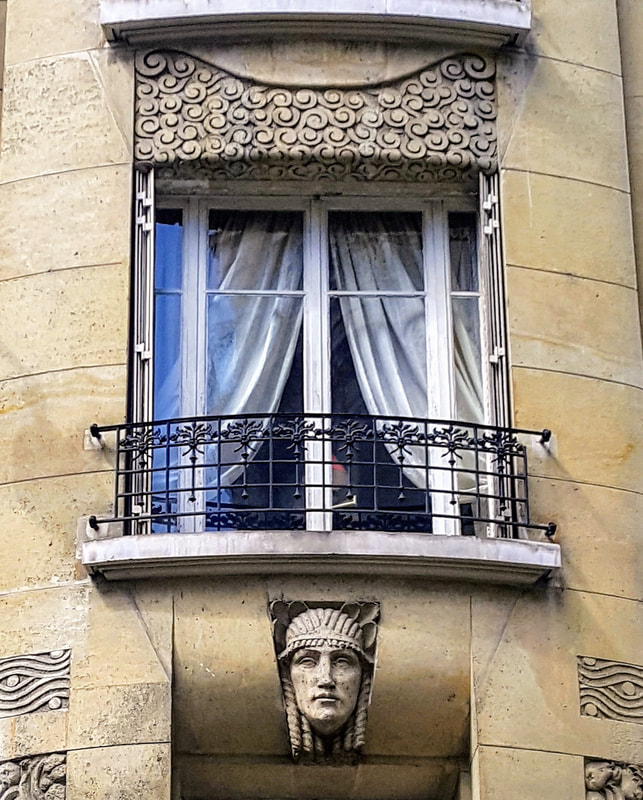
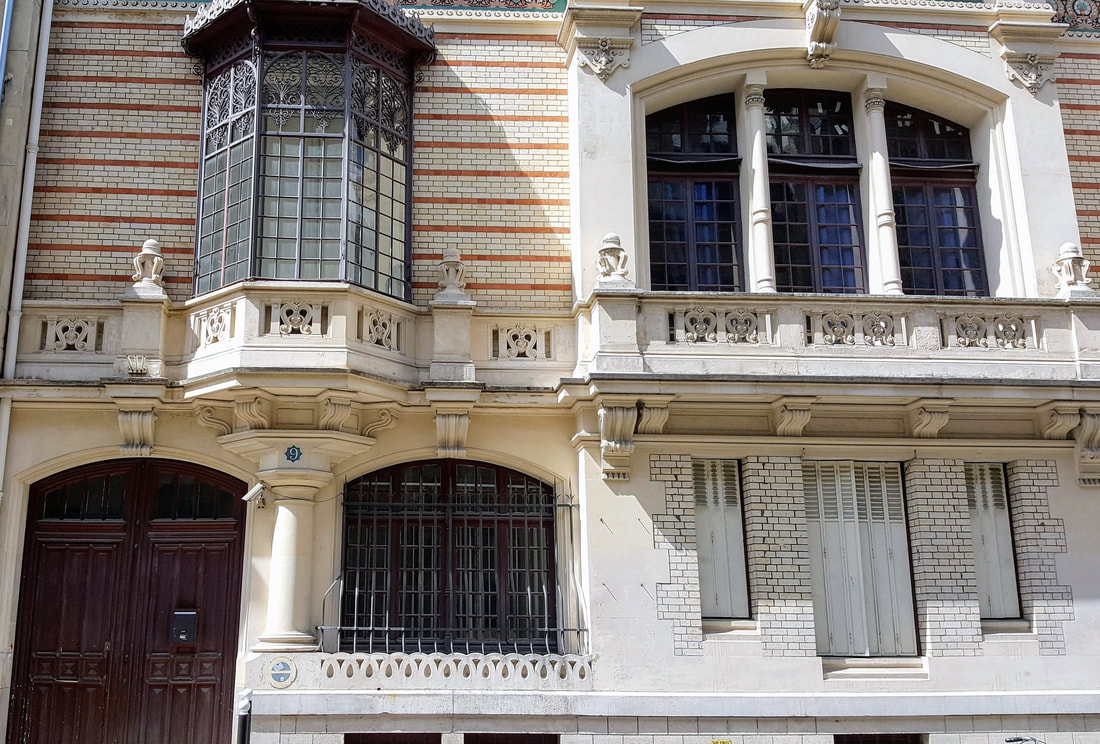
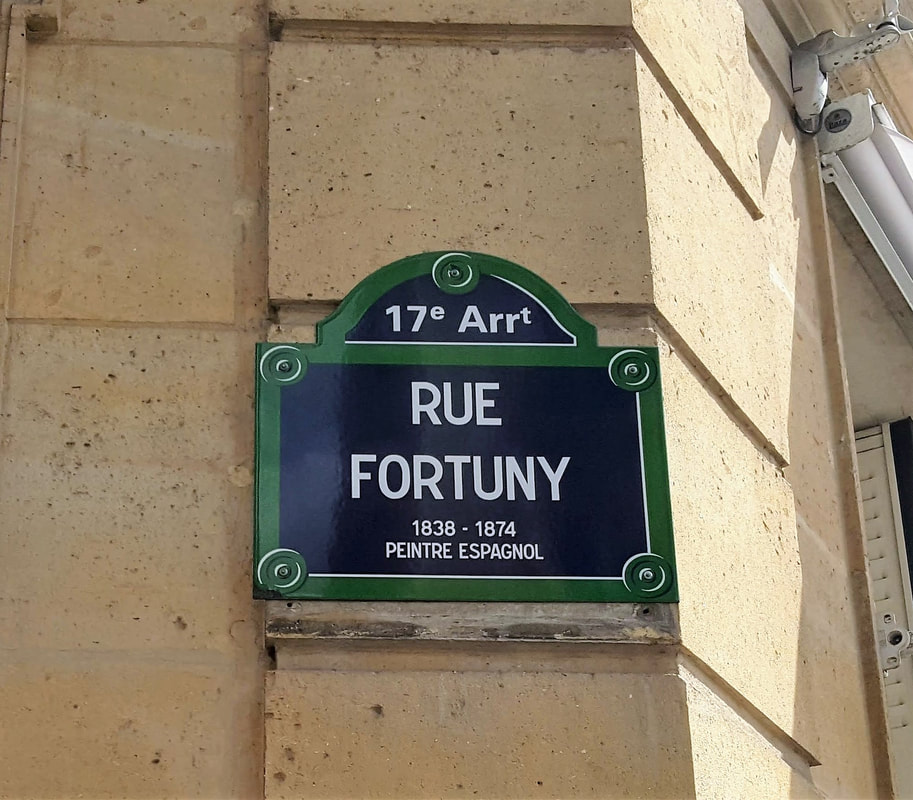
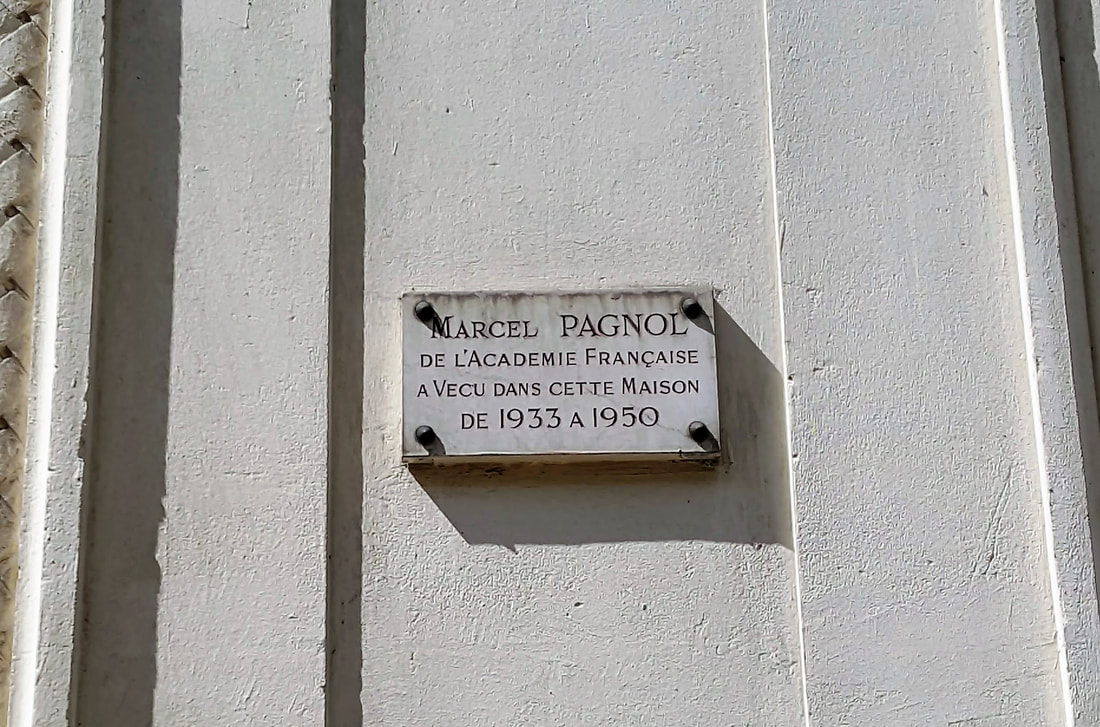
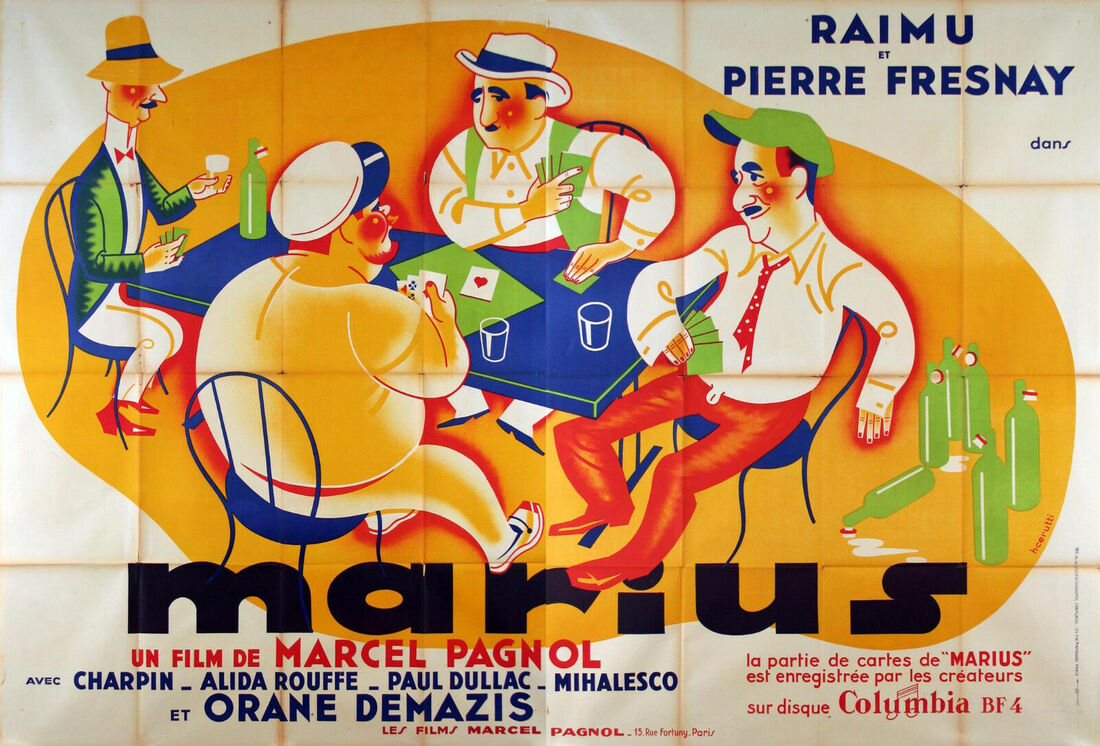
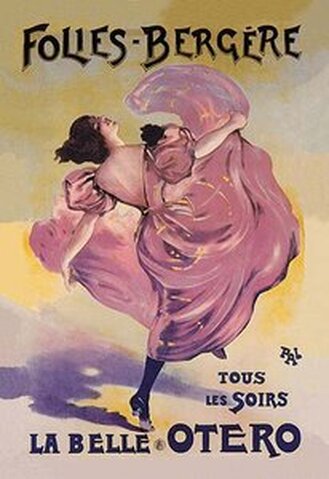
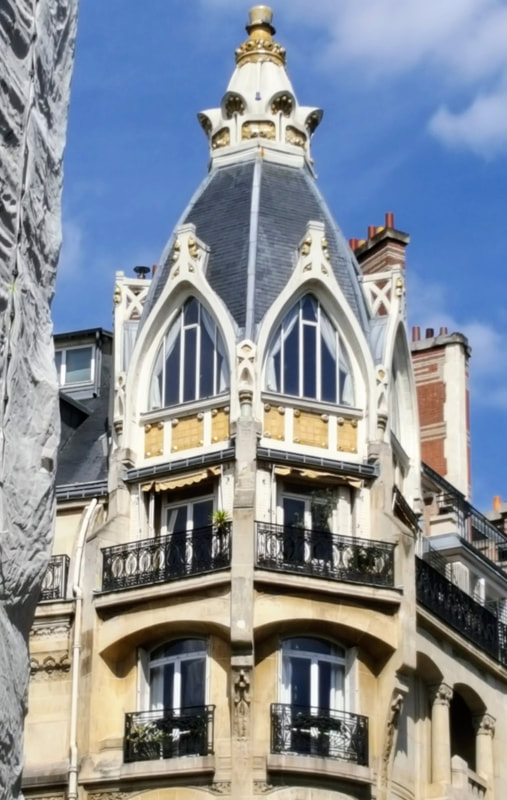
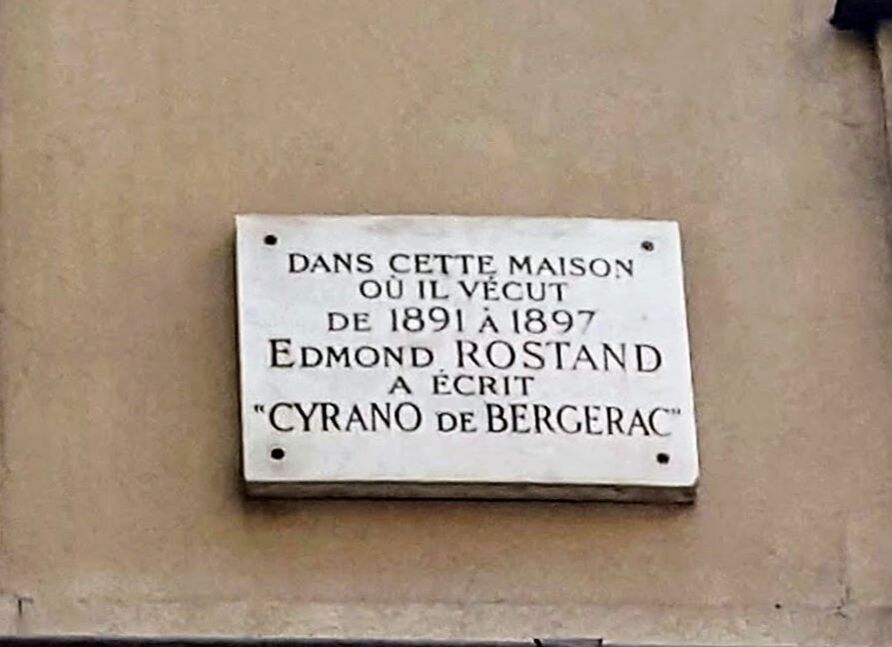
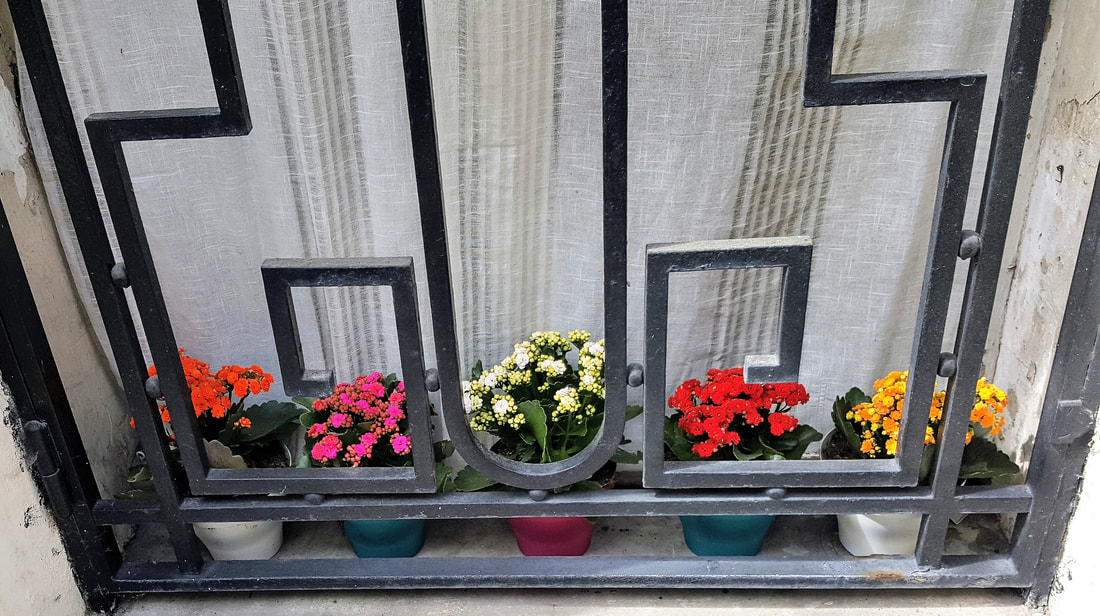
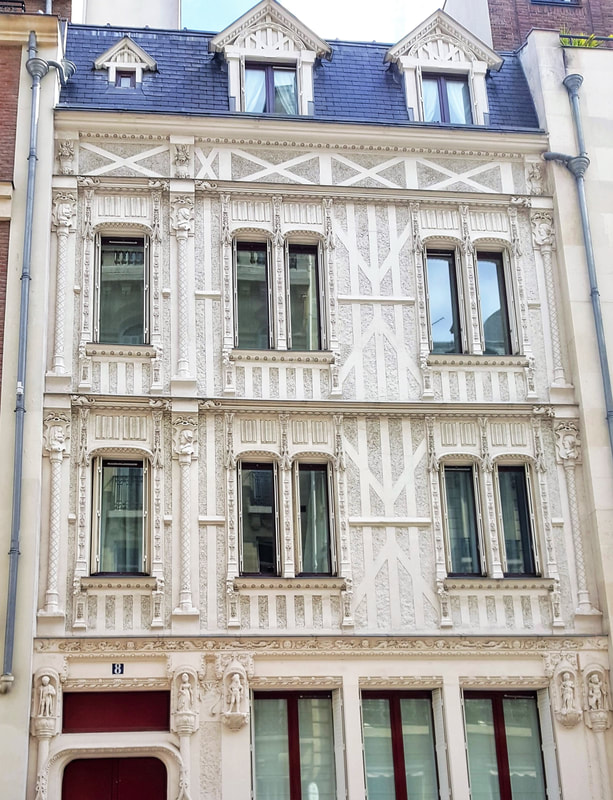
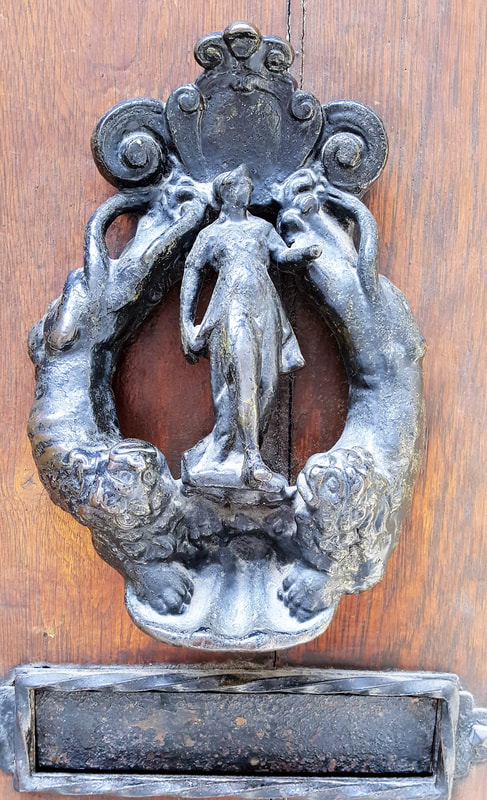
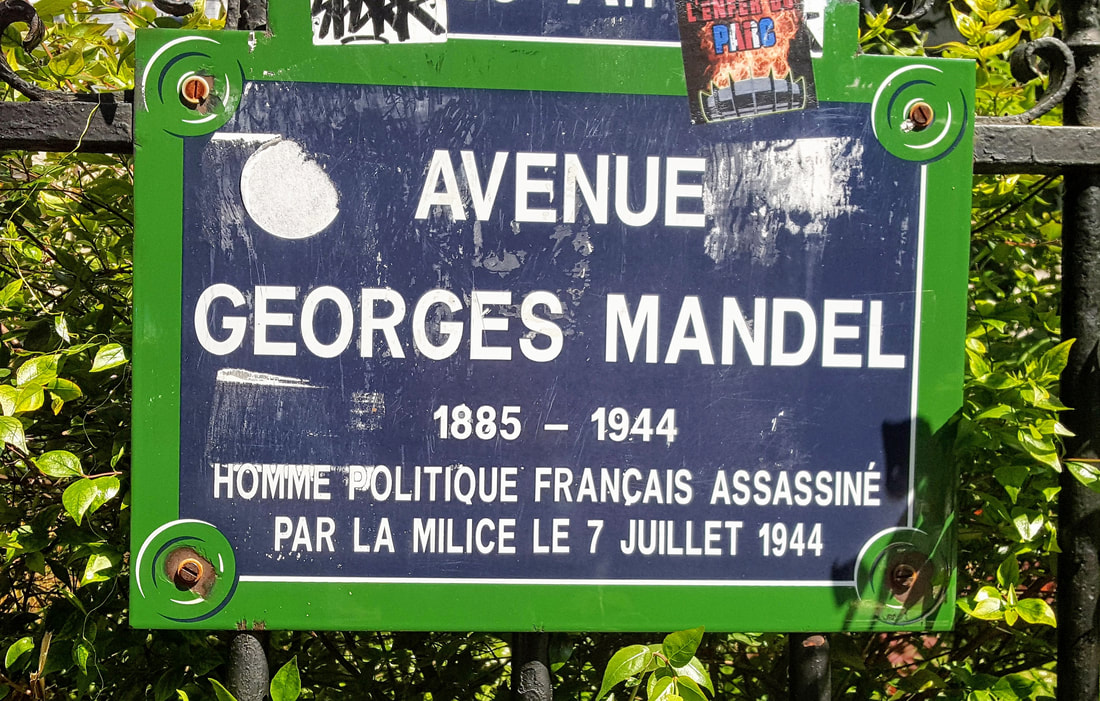
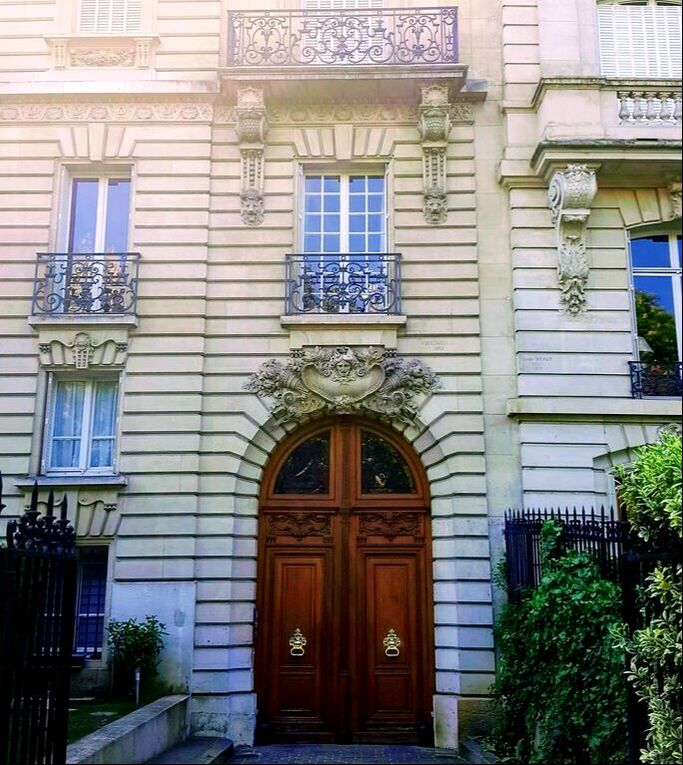
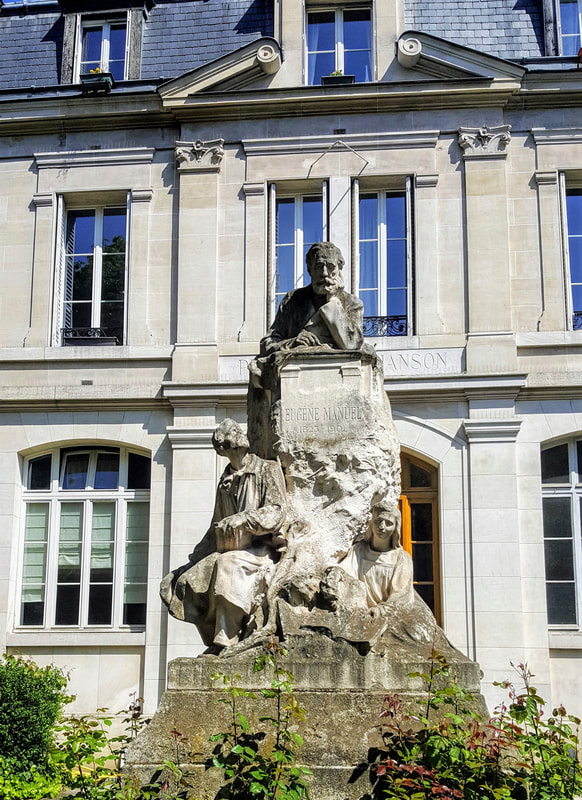
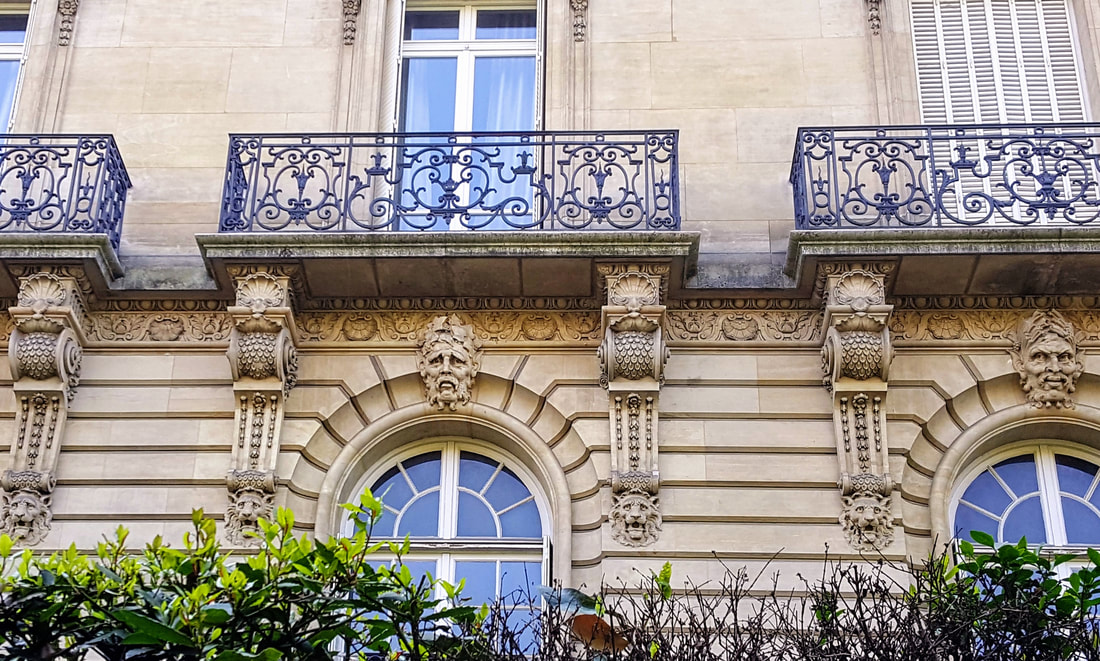
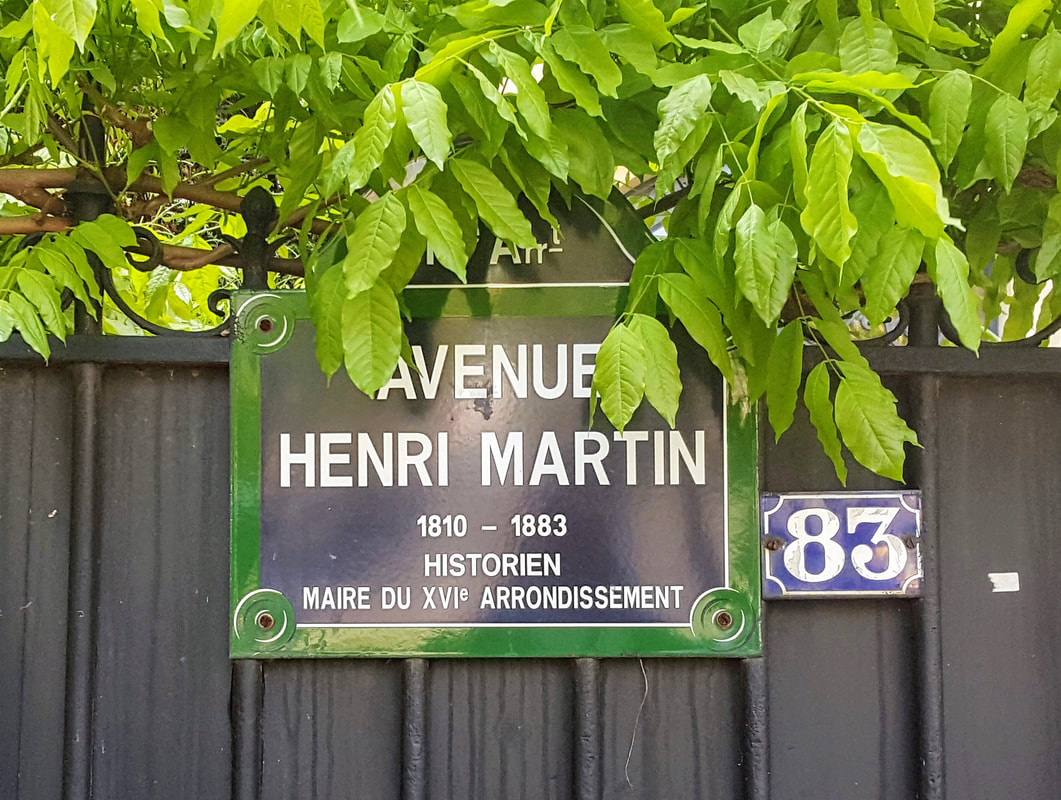
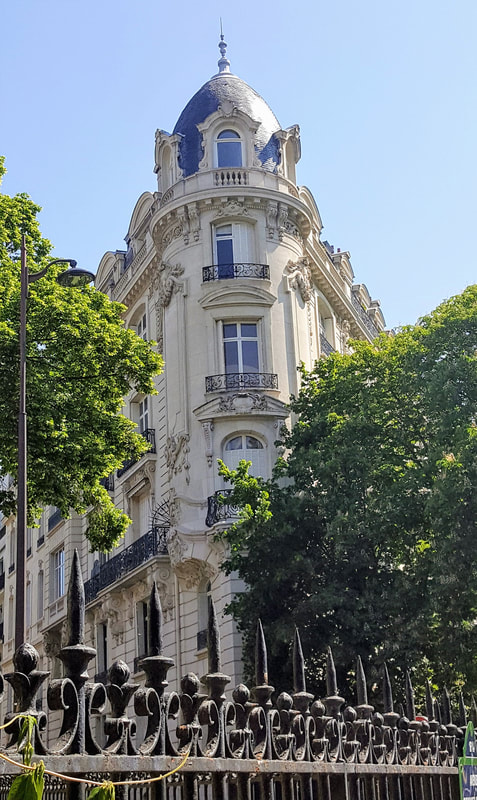
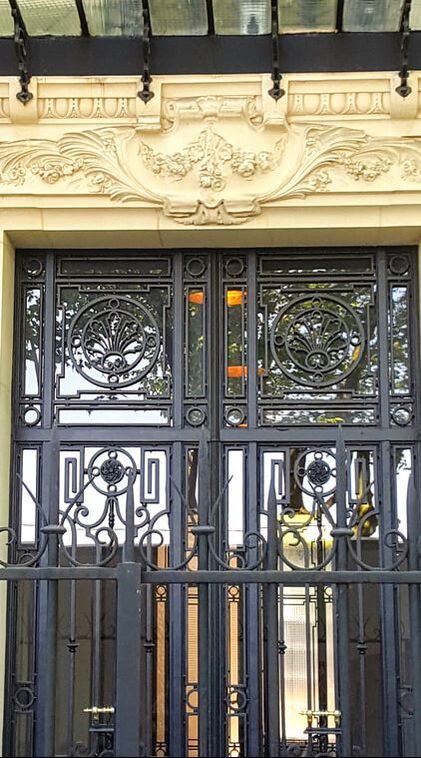
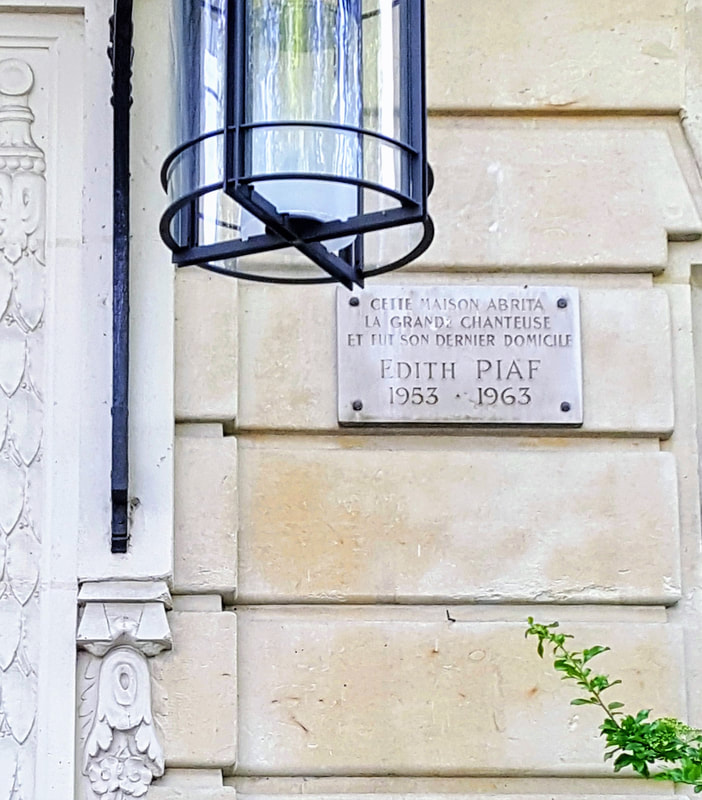
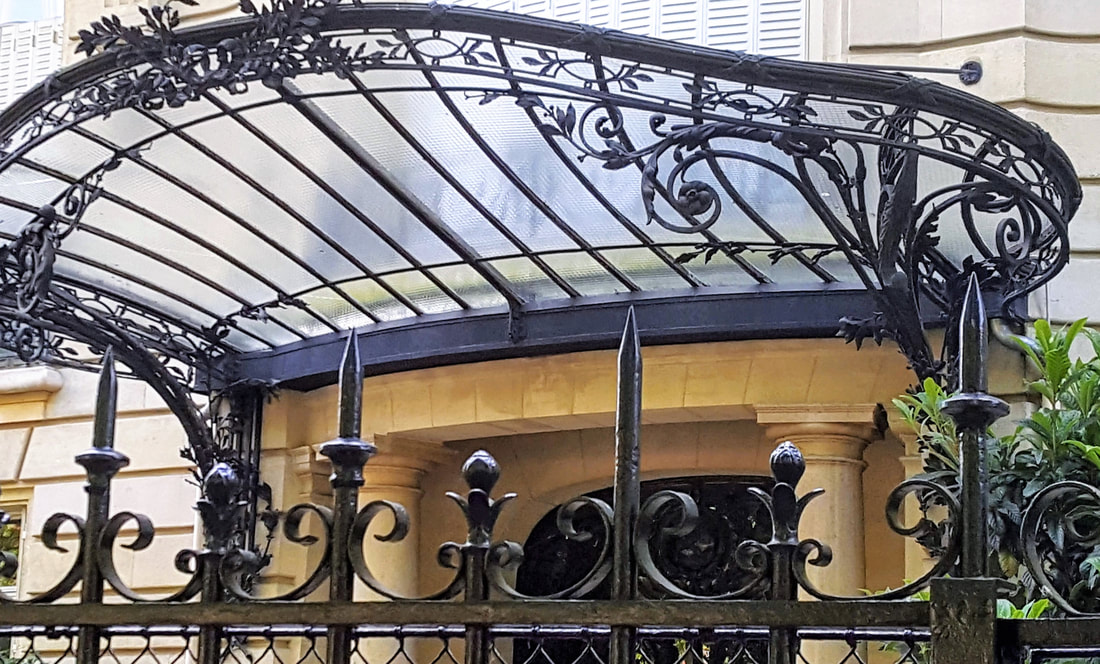
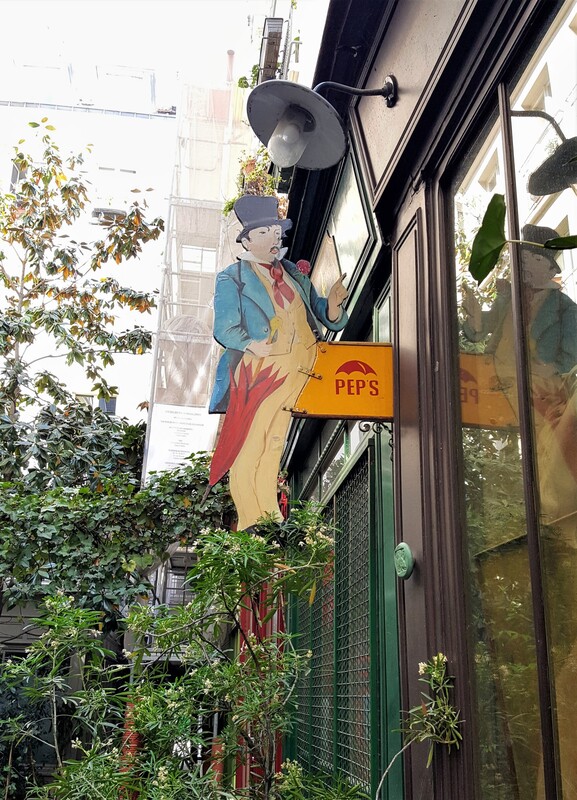
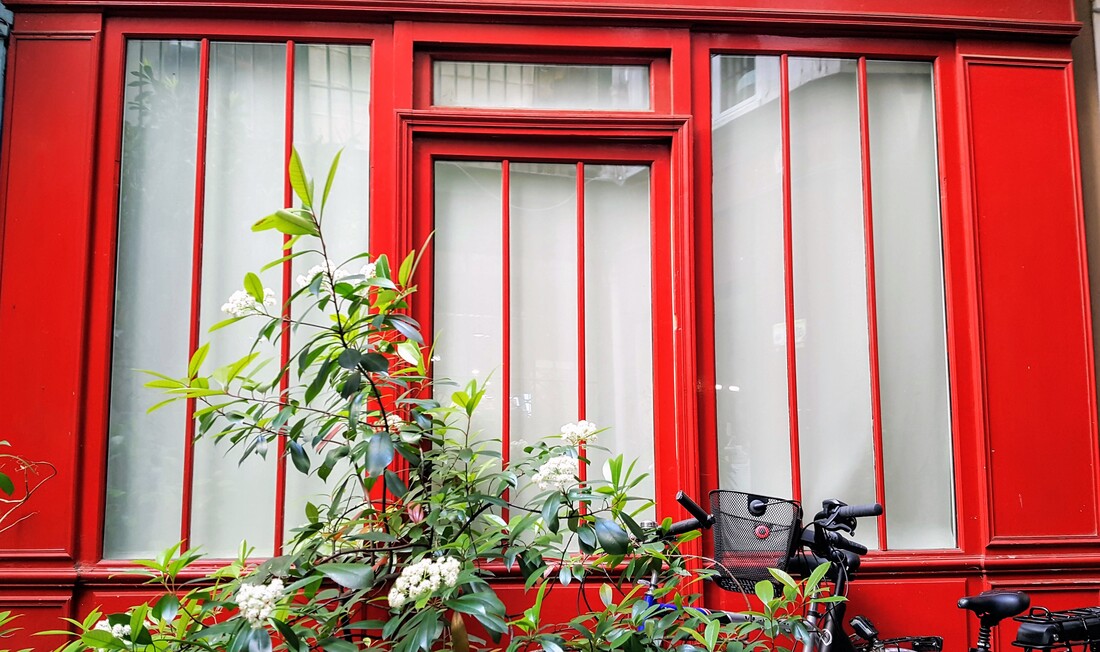
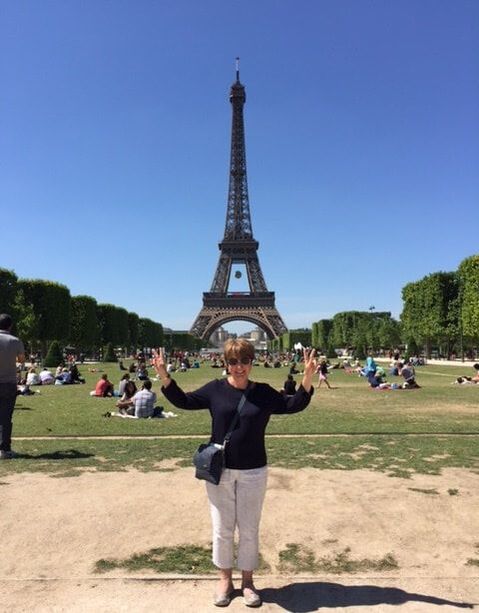

 RSS Feed
RSS Feed
